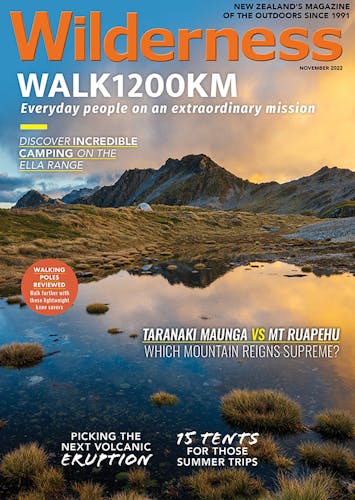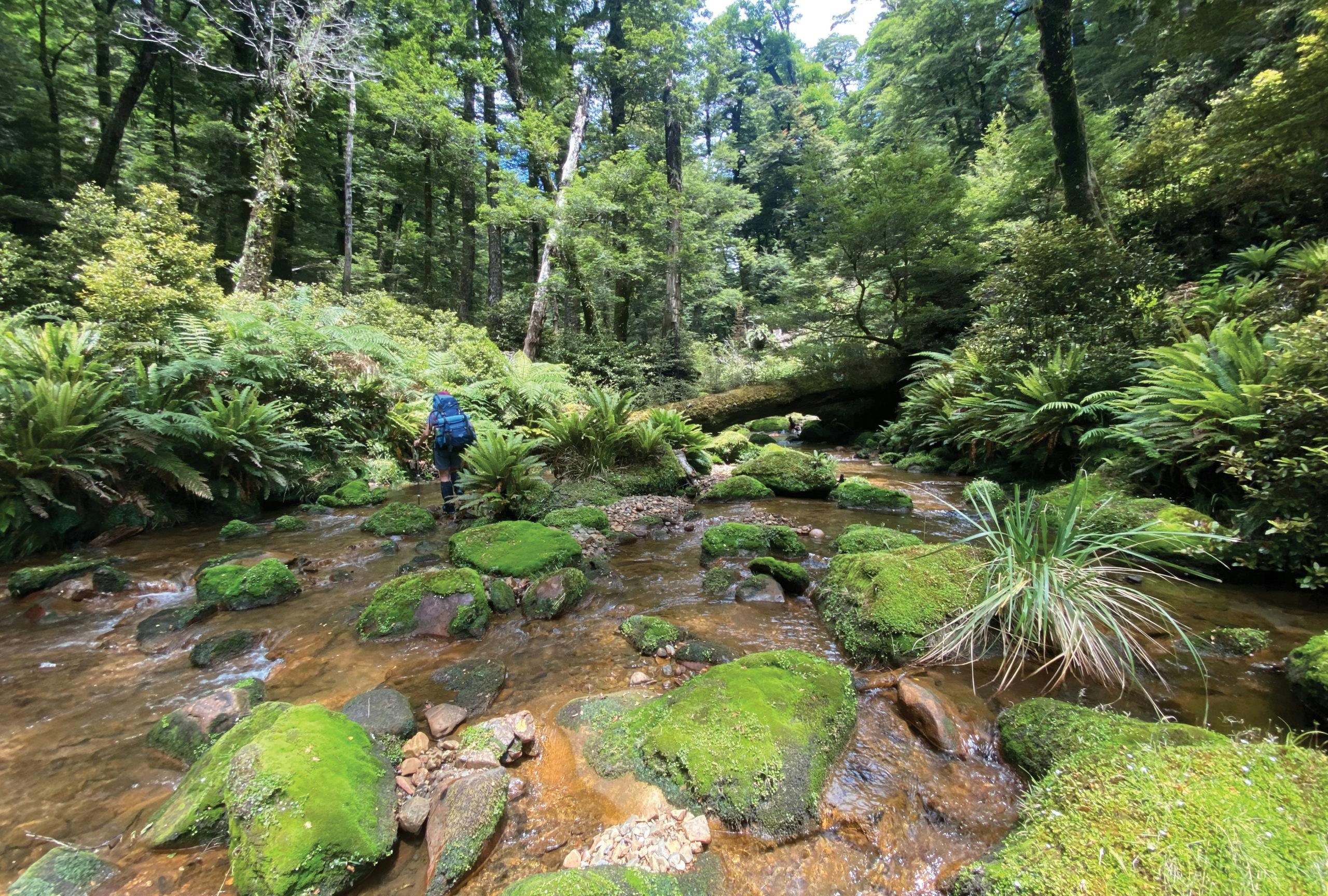How do you know a river or stream crossing will be safe?
Your planned trip may have no significant river crossings but a bridge may be damaged or a side stream may be in flood. Don’t forget, flooding can happen when it’s not raining where you are, and a river or stream can rise in minutes.
Rock-hopping to keep your feet dry is not recommended. If you slip you’re likely to end up with much more than your feet getting wet and it could result in serious injury. This needn’t reflect your hopping skill: the rock to be hopped on may be slippery or unstable.
If in doubt keep out
The first river crossing rule is ‘if in doubt keep out’; you never need to cross a river. What other options are there?
- Turn back the way you came
- Look on the map; is there a bridge or an alternative route?
- Look for a safer crossing. Walk up or downstream a bit; sometimes there is an easier spot
- Wait. New Zealand rivers tend to rise and fall quickly.
Plan for this by bringing:
- A map
- A torch (in case you need to walk in the dark)
- Shelter (this could be a plastic sheet and warm clothes)
- Communication to tell people what you are doing.
The people
The decision to cross will be influenced by the skills and confidence of the least skilled and able group members. The degree of difficulty will be much higher if there are children in the group, people with mobility difficulties or those who are anxious around water.
Speed and depth of the water
Don’t cross if the water is flowing faster than walking pace. However, speed and depth are multipliers, so a reasonably fast but shallow, or a slow deep crossing, may be alright. Once the water reaches pack level you will start to be lifted off your feet and onto your toes as well as being pushed into a forward lean. This increases the likelihood that you’ll lose your footing.
Signs of flood
Watch for flood signs such as discoloured water or floating sticks, logs and other debris. Check if the waterline is above its usual level – is it covering grass at the sides for example; waterlines may be visible on exposed rocks. The sound of rocks rolling in the riverbed is a clear signal – don’t cross!
I like this rhyme by an unknown author: ‘I am really quite beautiful and too young to die, if I hear the rocks rolling, I will keep my feet dry’.
Then what?
Only when you have decided it is safe to cross should you consider where and how to cross.








